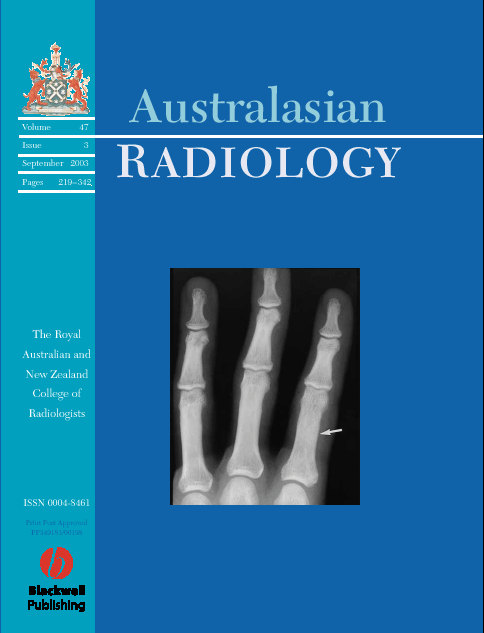Leptomeningeal carcinomatosis from squamous cell carcinoma of the supraglottic larynx
SR Thompson MB BS; MJ Veness MB BS, MMed (ClinEpi), FRANZCR; GJ Morgan BDS, MB BS, FRACS, FRACDS; J Shannon MB BS, PhD, FRACP; JG Kench MB BS, FRCPA.
This case study was presented as a poster presentation at the 53rd Annual General and Scientific Meeting in Adelaide, October 3−6 October, 2002.
Summary
Leptomeningeal carcinomatosis is an uncommon but devastating form of metastatic spread. To our knowledge, only 16 cases originating from a head and neck cancer have been reported. We describe the first case of a patient with leptomeningeal carcinomatosis arising from a laryngeal squamous cell carcinoma. Shortly after completing treatment for an advanced supraglottic laryngeal cancer, this 63-year-old man presented with lower limb neurological symptoms and signs. Radiological and cytological evidence of leptomeningeal carcinomatosis of the distal spinal canal was identified. He was treated with intrathecal methotrexate and palliative radiotherapy. Although his pain improved, his lower limb weakness worsened. He died 3 weeks after completing radiotherapy. Presumed mode of spread was via the haematogenous route. The natural history and management of leptomeningeal carcinomatosis are discussed. Clinicians should be aware of the uncommon possibility of leptomeningeal carcinomatosis in a patient presenting with an appropriate constellation of symptoms and signs, and a past history of cancer.




